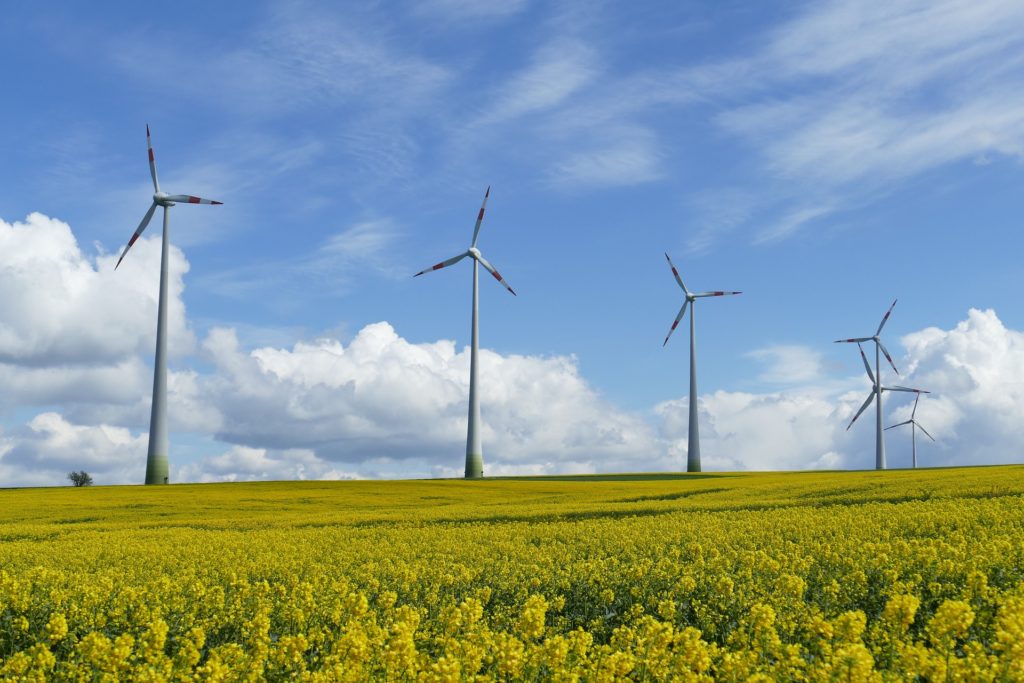- IIDMA considers that the updated NECP includes significant improvements over its current version. However, there is room for more ambition.
- The organisation highlights eight positive and eleven negative aspects in the draft sent by Spain to the Commission in June.
The International Institute for Law and the Environment (IIDMA) has filed comments to the draft of the updated National Integrated Energy and Climate Plan (NECP) for the period 2023-2030, within the public consultation that took place between the 28th of June and the 4th of September this year. The new text includes numerous modifications, extending the 78 measures of the current NECP to a total of 107. IIDMA considers that the new draft plan, submitted to the European Commission on the 30th of June, includes important improvements compared to the current version. However, there is room for significant improvement.
Positive aspects
- It increases the 2030 GHG emission reduction target as well as the share of renewable power in energy end-use and in electricity generation. Energy efficiency contribution also increases.
- It includes information on final energy consumption by sector, broken down by source, with projections to 2030.
- It brings forward the phase-out of coal in the power sector from 2030 to 2025.
- It sets a target of 3 GW for floating offshore wind power in 2030. However, the legal framework necessary to achieve such an ambitious target has not yet been developed.
- It does not foresee an increase in the use of biomass in the power sector by 2030.
- It increases the target for the share of RFNBO (renewable fuels of non-biological origin) in hydrogen for industry from 25% to 74% by 2030.
- It strengthens the GHG emission reduction target for the agriculture sector by 3%, from 18% to 21% in 2030, compared to 2005 levels.
- It increases the area of application of measures directed towards the protection and restoration of agricultural sinks.
Negative aspects
- It has not been subject to strategic environmental assessment, despite being an obligation according to environmental legislation in force.
- The public participation procedure within the revision process of the draft NECP is in breach of the Aarhus Convention. It only took place once the draft plan had already been sent to the European Commission, therefore limiting the possibility for the public to influence its text.
- Gas capacity remains the same until 2030, despite this fossil fuel being a major contributor to the climate emergency and an important source of air pollution. To decouple our energy dependence from gas whilst not leaving anybody behind, the NECP should reflect a decline in gas power over the years that will allow to reach 100% clean power by 2035 across Europe. This would allow Spain to avoid the same difficulties that took place with the closure of coal plants a few years ago.
- The capacity market envisaged in the draft NECP is unnecessary due to the overcapacity in the Spanish peninsular electricity system. Also, the proposed capacity mechanism is contrary to European electricity sector and state aid rules.
- The introduction of capacity mechanisms that benefit gas-fired plants should be avoided. The NECP should reflect a significant reduction in the share of gas in the power sector by 2030 as well as resize the role of gas plants as a back-up technology.
- It supports El Musel, an LNG terminal which is unnecessary for Spain and other European countries as by 2030, a large mismatch between the forecasted demand for LNG in Europe and its regasification capacity is foreseen. This plant should therefore, close.
- It does not include information on the origin, type and quantities of forest and agricultural biomass needed to reach the 2030 target. This is contrary to the EU Governance Regulation.
- It supports the H2Med, a project that should be abandoned, considering that the proposed technology is at a very premature stage of development, large-scale production and transport. There is also no prior study on the demand prospects for green hydrogen in Europe which supports the need for such a project. Also, the NECP does not include any information on the renewable energy capacity needed to supply the electrolysers to produce an annual volume of renewable hydrogen that ensures the economic viability of the H2Med project. This likely massive deployment of renewable energies may not only have adverse impacts on the environment and biodiversity but could also face low social acceptance in rural areas.
- There is a lack of clarity on the measures and targets foreseen for the decarbonisation of the industrial sector. All industrial sub-sectors, and in particular the steel sector, should have their own decarbonisation roadmaps that should include intermediate milestones.
- No specific methane and nitrous oxide reduction targets have been set for the agriculture sector, as is recommended by the European Commission. The feasibility of the enhanced emission reduction target is questionable without an equal reinforcement of the mitigation measures foreseen for the agriculture and livestock sectors.
- Measures relating to agricultural sinks have not been sufficiently strengthened to meet the new targets for net carbon removals set out in EU legislation.


